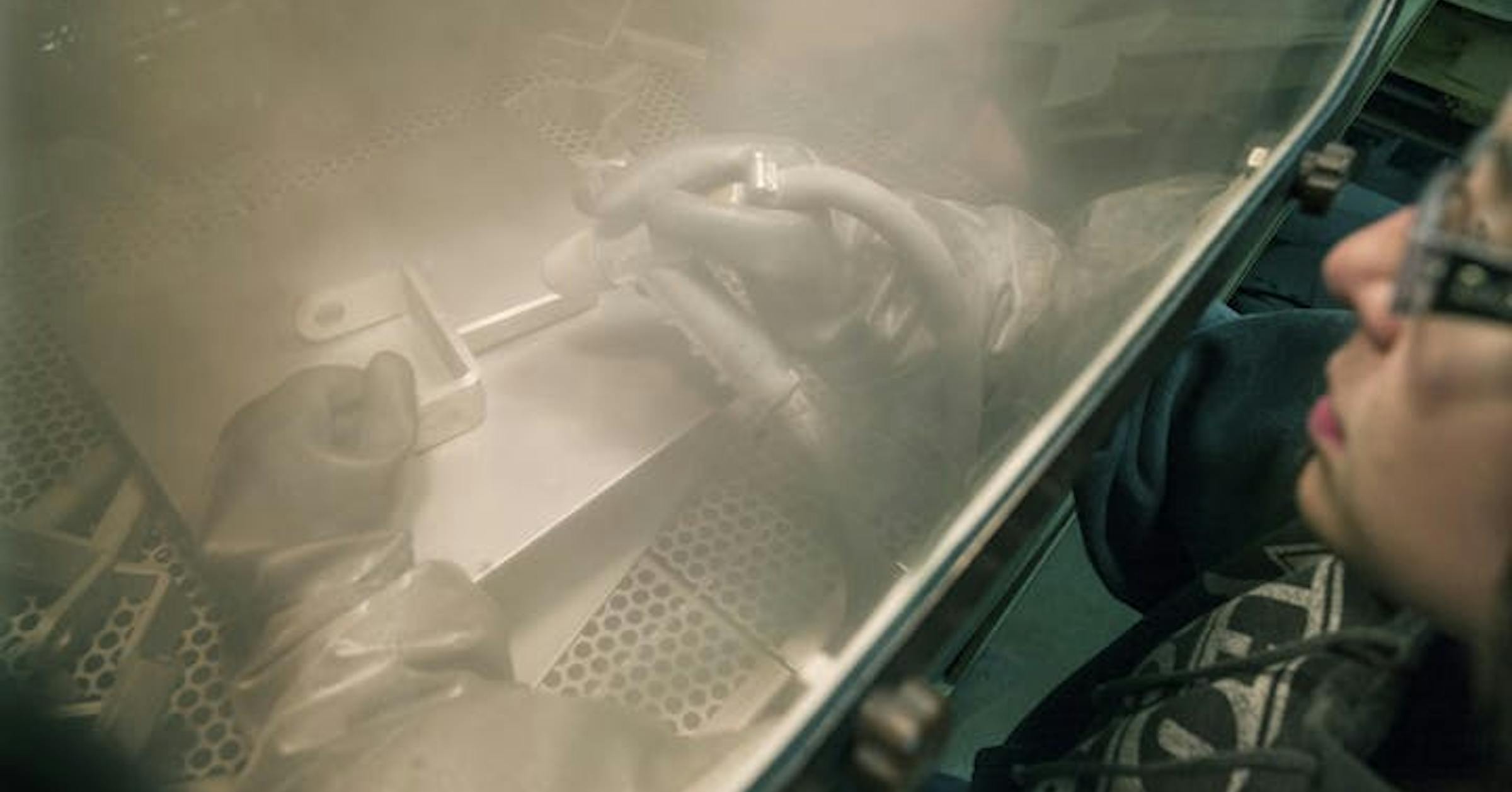Manufacturing Lifeline in Jeopardy: Rural Minnesota Program Faces Funding Squeeze

Enterprise Minnesota, a key player in supporting local manufacturing, faces a significant shift in its mission. As part of the Manufacturing Extension Partnership (MEP) program, the organization has long been dedicated to empowering rural manufacturers and small businesses through annual federal grants. However, a recent communication from the U.S. Department of Commerce signals a strategic redirection of program funding towards emerging technologies.
This unexpected change means Enterprise Minnesota will need to pivot its approach, potentially scaling back its rural support initiatives and refocusing efforts on urban county manufacturing sectors. The transition highlights the evolving landscape of industrial support and the growing emphasis on technological innovation in manufacturing.
While the full implications of this funding shift are still unfolding, it underscores the dynamic nature of economic development programs and the constant need for adaptability in supporting local businesses and industries.
